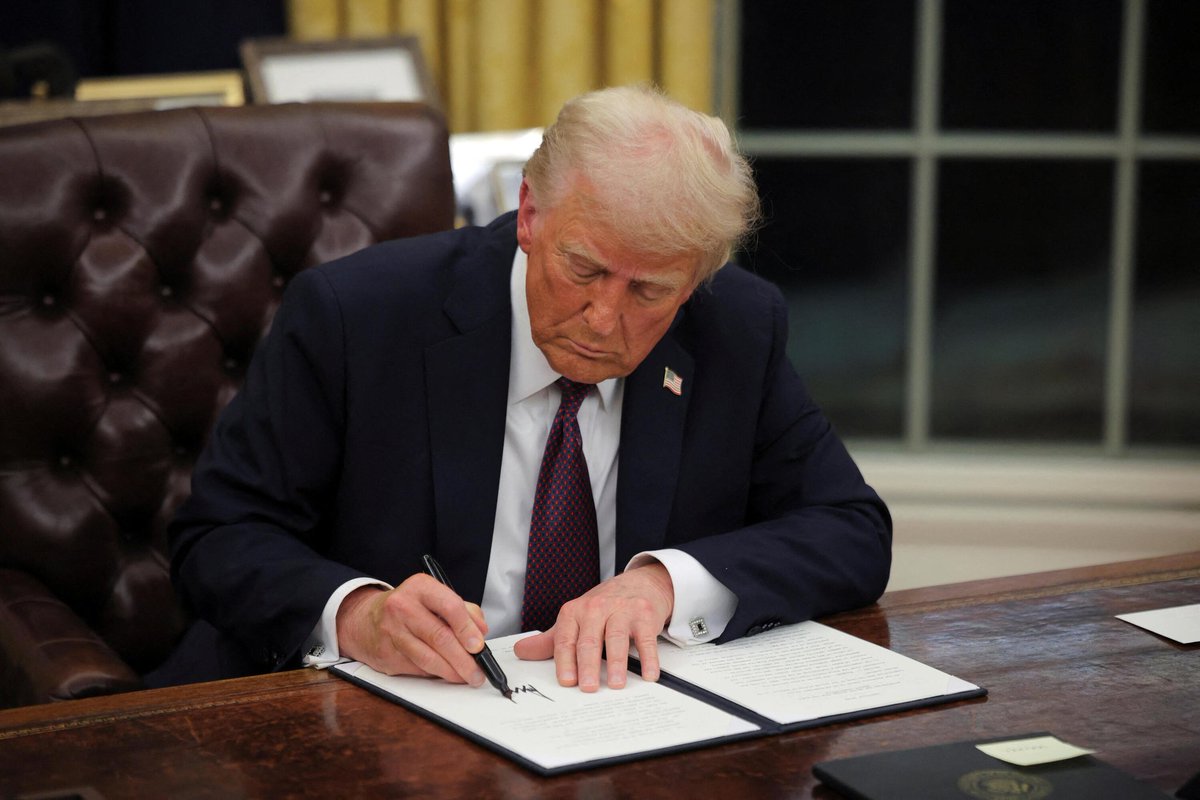A picture to understand what the three major cryptocurrency bills passed by the US House of Representatives are doing?
Among them, the GENIUS Act will clarify the issuance and operation rules for stablecoins pegged to the US dollar at the federal level, claiming to "strengthen the position of the US dollar in the global financial system".
The Clarity Act is a market structure reform bill that deals with the division of regulatory powers over digital assets.
The Anti-CBDC Surveillance State Act permanently prohibits the Federal Reserve from issuing digital currencies (CBDCs).
In fact, the brothers look back at the financial innovation in history, financial innovation itself is the coexistence of risks and returns, sometimes it brings huge economic heat, sometimes it brings financial risks, and everyone will also find a game route.
It is the pros and cons between financial innovation and financial supervision, and the long-term judgment criterion is mainly: the meaning of the existence of finance itself is to serve the real economy, and at the same time can better allow the people to participate in economic investment and obtain distribution from growth.
For example, real estate-related financial derivatives that caused the 2008 global financial crisis were then checked and filled, and of course, they paid a huge price for government debt to come out.
The so-called three major cryptocurrency bills are essentially regulatory bills, or financial regulatory bills that lag behind financial innovation, such as stablecoin regulation, digital asset regulatory division of power, central bank digital currency hairstyle restrictions, etc.
For financial innovation, the most feared is regulation, and the favorite is also regulation, but the target is different, such as the lack of supervision can bring a huge pool of funds and the space created by Ponzi, and then change the shell and play again after crazy growth, there is still no shortage of investment speculators, this has happened too many times, so I won't say much.
The favorite of financial innovation is also supervision, only supervision can better develop benignly under the official rules, and supervision itself is also an endorsement, which is different from the mixed market is more standardized.
The stablecoin bill and the digital asset market clarity bill are easier to understand, that is, to regulate financial innovation, the most noteworthy is actually the third bill, that is, the national bill to limit anti-central bank digital currency surveillance, the purpose is to restrict the central bank (Federal Reserve) from issuing digital currencies to the public, precisely to provide stablecoins and other digital assets with room to survive, which has been discussed many times before, completely two things, the central bank's digital currency is centralized, lost physical cash, is the government's endorsement, and the central bank's liability , while virtual currencies such as stablecoins are decentralized, and the composition of credit endorsement is relatively complex, and it is indeed worth paying attention to restricting the rights of the central bank for the development of the latter.
As an aside, contrary to our country's digital asset development mode, our country is dominated by the central bank's centralized digital currency, supplemented by some compliant stablecoins, and compliant stablecoins now seem to be mainly "offshore RMB collateral" and "Hong Kong dollar collateral" stablecoins, and the central bank's digital yuan is vigorously promoted, which is the opposite of the development model of digital assets in the United States. The two development models have nothing to do with right or wrong, because they are a new thing, there are benefits and risks, the former focuses on returns, our country focuses on risks, and it takes time to verify which one is better.
Finally, the U.S. government vigorously develops stablecoins, especially Treasury-backed stablecoins, if the proportion of the global settlement system increases, it is conducive to the continuation of U.S. financial hegemony in the emerging settlement system and economic globalization, and the government's bond issuance in the future can even not rely on deficit monetization, that is, the central bank buys Treasury bonds, thereby increasing the supply of U.S. dollars in the market, and now stablecoins can also buy Treasury bonds and enter the market circulation, the U.S. dollar and U.S. bonds are both U.S. credit, U.S. debt-backed stablecoins, which are more broad sense of holding hegemony.
In addition, the position of the Federal Reserve is also divided, the issuance of digital currency is strictly restricted, and the absolute importance of the former U.S. bonds gives way to the U.S. dollar, which is suppressed by stablecoins, which is generally a process of weakening the position of the Fed and increasing U.S. debt-backed stablecoins.
The above is just the basic situation, as for whether it can consolidate the hegemony of the US dollar and drive the US stock currency circle to take off, first of all, the credit of the United States is the embodiment of comprehensive influence, stablecoins are only a financial tool, and whether it can better serve the internal and global trade of the United States is the final evaluation criterion, especially the progress of the reshaping of the United States' own manufacturing industry, or to observe, financial innovation, no matter how good the design is, risks always appear in unexpected places, after the regulation lands, first run under the existing financial supervision.

Blockbuster Break: All three cryptocurrency bills have passed the House of Representatives -
Act of Clarity (294-134)
Genius Act (308-122)
Anti-CBDC Act (219-210).
Among them, the Genius Act has now been sent to President Trump and will be signed into law at the White House tomorrow afternoon.

72.18K
120
The content on this page is provided by third parties. Unless otherwise stated, OKX is not the author of the cited article(s) and does not claim any copyright in the materials. The content is provided for informational purposes only and does not represent the views of OKX. It is not intended to be an endorsement of any kind and should not be considered investment advice or a solicitation to buy or sell digital assets. To the extent generative AI is utilized to provide summaries or other information, such AI generated content may be inaccurate or inconsistent. Please read the linked article for more details and information. OKX is not responsible for content hosted on third party sites. Digital asset holdings, including stablecoins and NFTs, involve a high degree of risk and can fluctuate greatly. You should carefully consider whether trading or holding digital assets is suitable for you in light of your financial condition.

